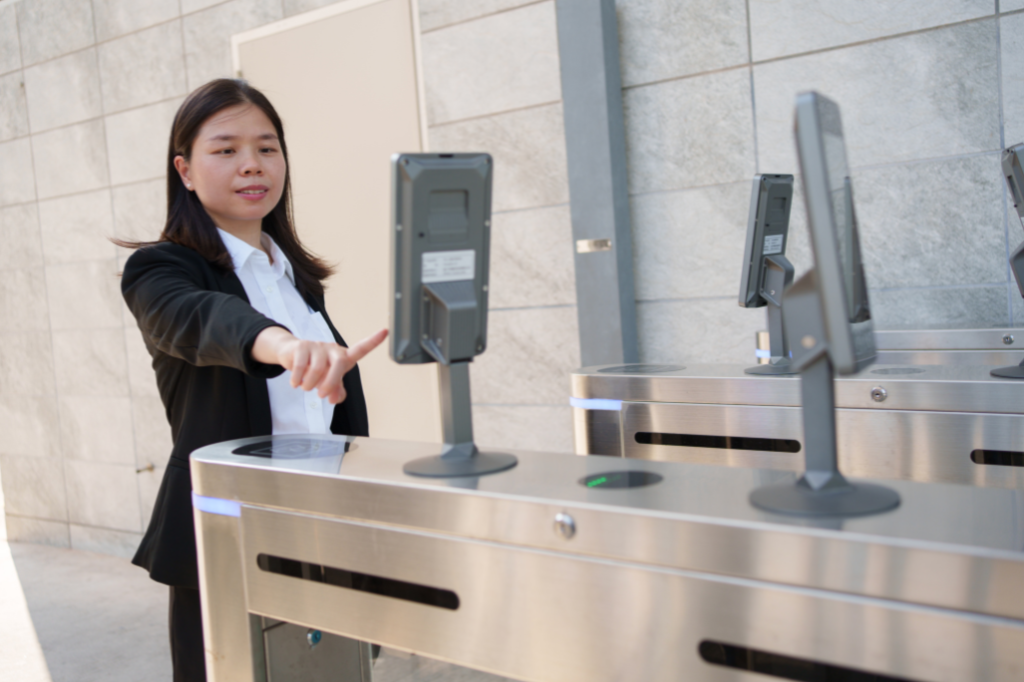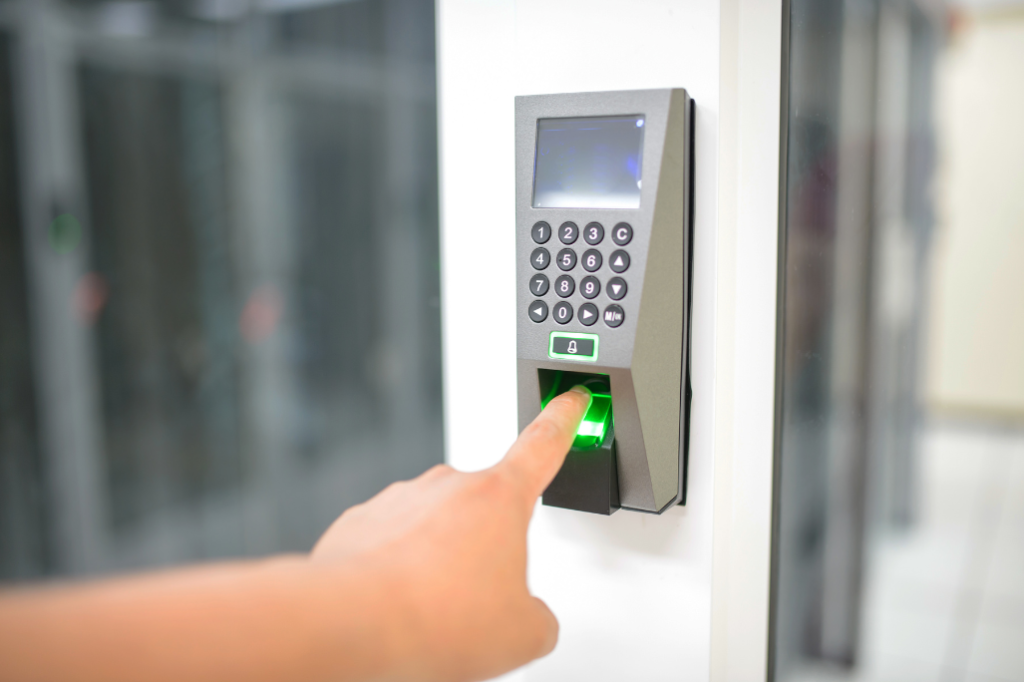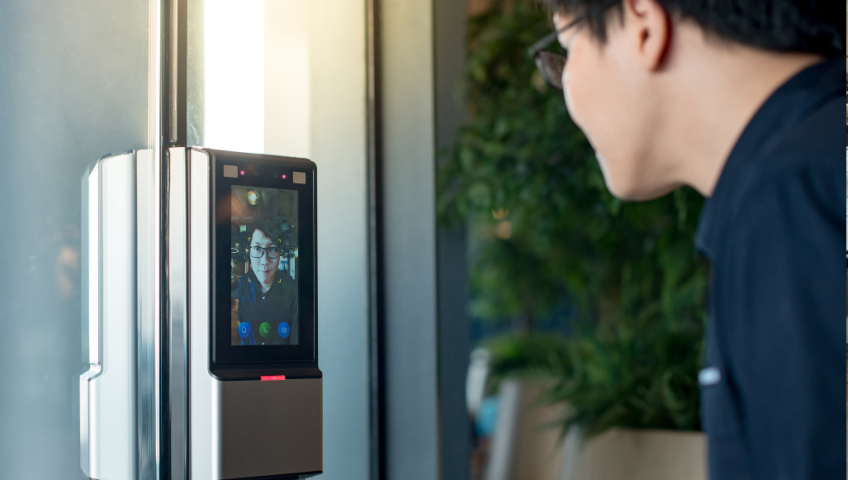Locked doors are the first line of defense in keeping a building safe. But not all locks are equal. Traditional locks rely on small, easily lost, and easily copied keys. That leaves doors and people vulnerable.
Access control systems are different. They don’t use physical keys. Instead, they rely on digital methods such as keycards, phone apps, fingerprint scanners, or even AI-based facial recognition. These systems offer control, speed, and visibility that old locks just can’t. Let’s break down why keyless systems are becoming the go-to standard for schools, office buildings, hospitals, and other high-traffic spaces.

Keys Get Lost, Copied, and Stolen
Every facility manager has dealt with a lost key. Sometimes it’s just a hassle. Sometimes it’s a security risk. Anyone can copy a physical key. And if someone leaves your company on bad terms, they might not return.
Keyless systems eliminate that risk. A badge can be turned off immediately. A fingerprint or facial scan can’t be borrowed or stolen. There’s no need to rekey doors or hand out dozens of spares. With access control, you decide who gets in—and who doesn’t.
Real-Time Access Means Real Security
With traditional locks, someone either has a key or they don’t. That’s the only control you have.
Access control allows you to grant someone access only at specific times or to designated doors. For example, cleaning crews may only require access between 6:00 and 8:00 p.m. on weekdays. Delivery drivers may need access only to the loading dock.
You can set all of this from a computer or mobile app. If someone changes roles or leaves, you can update or remove their access in seconds.
Biometrics and AI Add Extra Protection
Basic keyless systems use cards or PIN codes. But today’s top systems go even further.
- Fingerprint scanners ensure that the person entering is precisely who they claim to be. No cards, no codes—just a scan of the finger.
- AI facial recognition takes it a step further. These systems can recognize authorized users in a matter of seconds. Some models even detect tailgating, where someone tries to follow a valid user through a secured door.
These options are particularly effective in high-security areas, such as server rooms, medical labs, and school entrances.
Track Who Comes In—And When
Need to see who entered a room at 2:07 p.m. last Thursday? Access control logs every entry. That’s a significant benefit when reviewing incidents or investigating concerns.
These digital audit trails help with everything from time tracking to theft investigations. Some systems can even send real-time alerts when unusual activity occurs, such as someone attempting to enter a door they shouldn’t.
No more guessing. No more checking shaky camera footage.
Remote Access Saves Time and Travel
Let’s say you manage ten buildings across two counties. With keys, you’d need to travel constantly just to let people in or swap locks. With access control, everything happens from your dashboard. Need to unlock a door? Set a temporary passcode? Shut down access to a restricted area? You can do it all remotely.
This is especially helpful for property managers, school districts, and corporate campuses.
One Platform, Many Uses
Access control isn’t just for doors. These systems can control elevators, garage gates, storage lockers, and more. One scan could open the main entrance, unlock a secure cabinet, and grant access to a second-floor lab—all with one set of credentials. This streamlines operations and reduces the number of systems employees need to learn.

Ready to Upgrade? Talk to ROS Electric
Traditional locks are no longer enough, especially for buildings that value safety, flexibility, and control. With features like fingerprint scans, AI facial recognition, and real-time access logs, keyless systems are smarter and more secure.
At ROS Electric, we install access control systems tailored to your space, budget, and staff requirements. Whether you need a simple card system or a high-security biometric setup, we’ll help you make the switch with confidence. Contact us today to schedule a consultation.


Write a Comment